An ancient celestial traveler will make its first close pass by Earth in mid-October. Mark those calendars – because it might not be back.
The Oort Cloud comet, called C/2023 A3 Tsuchinshan-ATLAS, was discovered in 2023, approaching the inner solar system on its highly elliptical orbit for the first time in documented human history. It was identified by observers at China’s Tsuchinshan – or “Purple Mountain” – Observatory and an ATLAS (Asteroid Terrestrial-impact Last Alert System) telescope in South Africa. The comet was officially named in honor of both observatories.

The comet successfully made its closest transit past the Sun on Sept. 27. Scientists surmised it might well break up during that pass, its volatile and icy composition unable to withstand the intense heat of our parent star, but it survived more or less intact – and is now on track to come within approximately 44 million miles of Earth on Oct. 12.
“Comets are more fragile than people may realize, thanks to the effects of passing close to the Sun on their internal water ice and volatiles such as carbon monoxide and carbon dioxide,” said NASA astronomer Bill Cooke, who leads the Meteoroid Environment Office at NASA’s Marshall Space Flight Center in Huntsville, Alabama. “Comet Ison, for example, reached the inner solar system in 2013, but failed to survive the Sun’s intense heat and gravity during perihelion in 2013.”
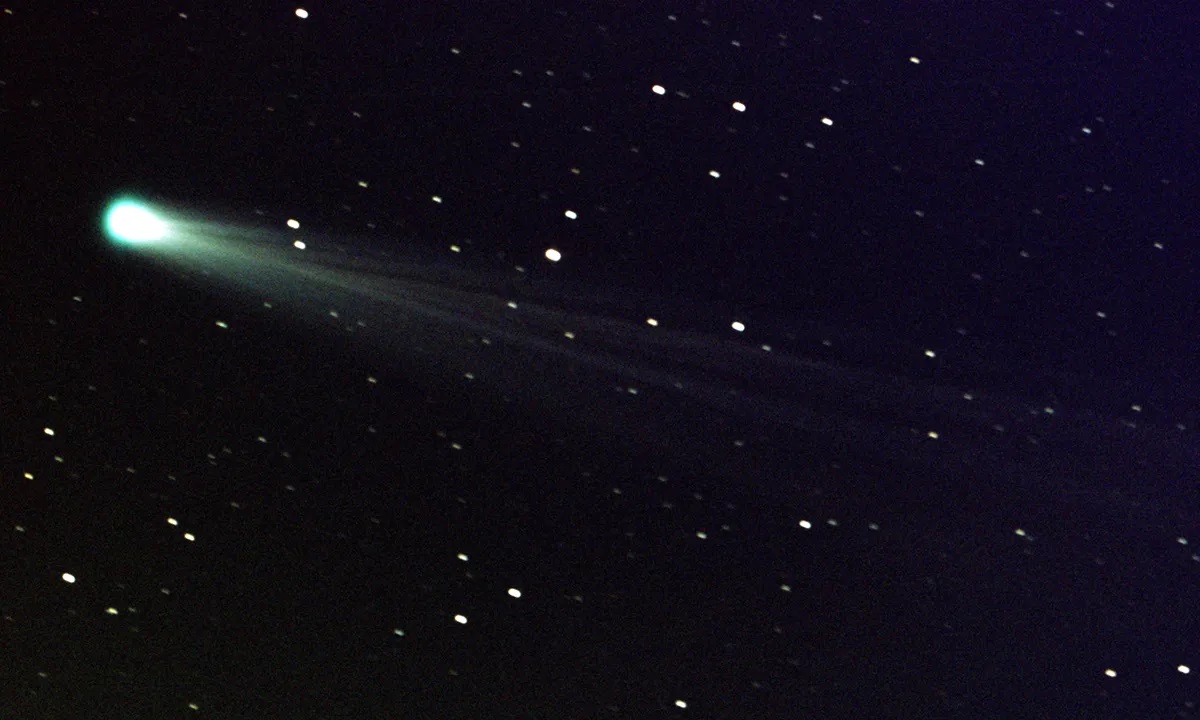
Though Comet Tsuchinshan-ATLAS will be ideally positioned to view from the Southern Hemisphere, spotters above the equator should have a good chance as well. Peak visibility will occur Oct. 9-10, once the half-moon begins to move away from the comet.
Choose a dark vantage point just after full nightfall, Cooke recommended. Looking to the southwest, roughly 10 degrees above the horizon, identify the constellations of Sagittarius and Scorpio. Tsuchinshan-ATLAS should be visible between them. By Oct. 14, the comet may remain visible at the midway point between the bright star Arcturus and the planet Venus.
“And savor the view,” Cooke advised – because by early November, the comet will be lost to the unaided eye, perhaps gone forever.
Comet light, comet bright
It’s highly unlikely Tsuchinshan-ATLAS will be visible in daylight hours, except perhaps at twilight, Cooke said. In the past 300 years of astronomical observation, only nine previous comets have been bright enough to spot during the day. The last were Comet West in 1976 and, under ideal conditions, Comet Hale-Bopp in 1997.
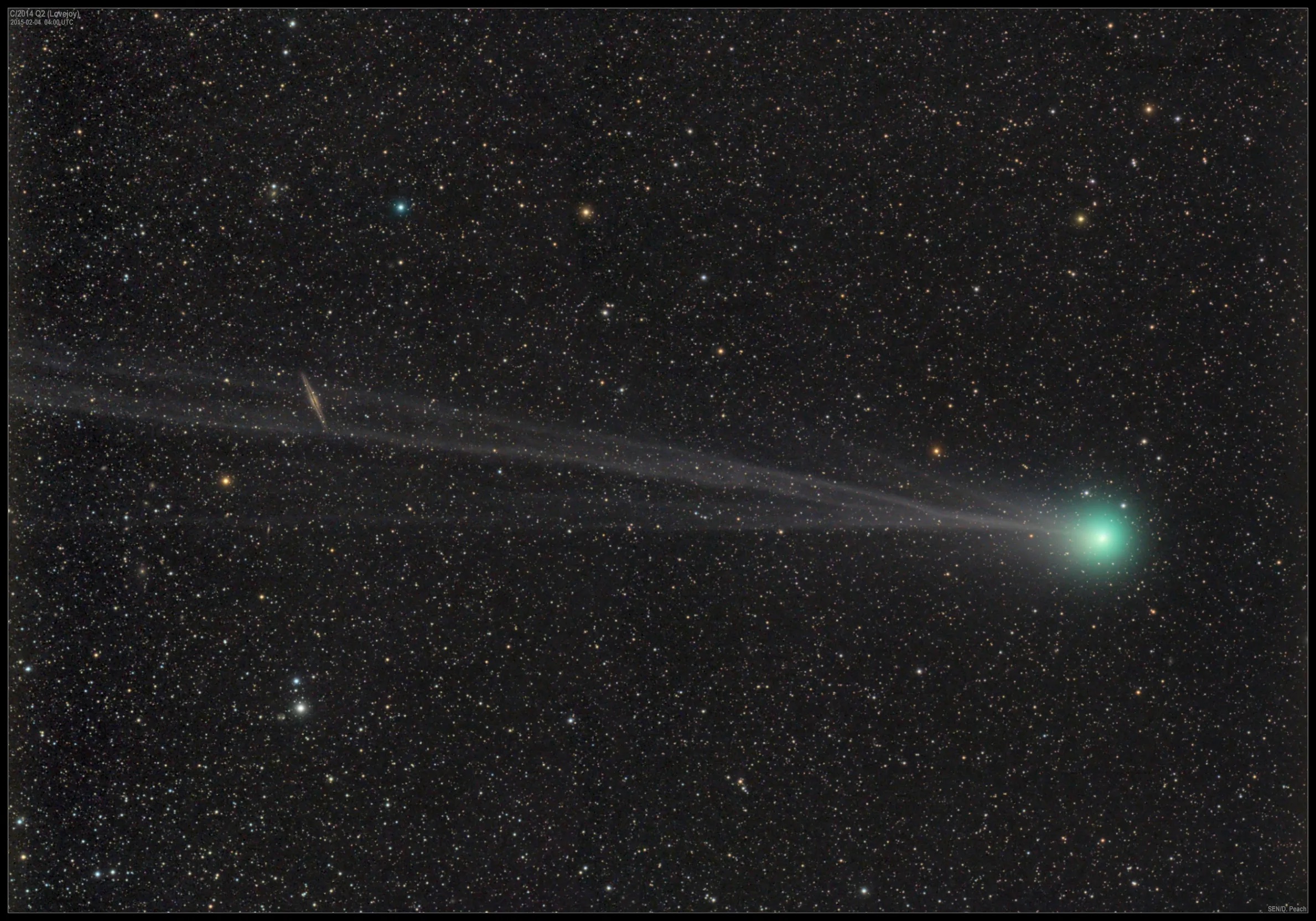
The brightness of comets is measured on the same scale we use for stars, one that has been in use since roughly 150 B.C., when it was devised by the ancient scholar Hipparchus and refined by the astronomer Ptolemy. Stellar magnitude is measured on a logarithmic scale, which makes a magnitude 1 star exactly 100 times brighter than a magnitude 6 star. The lower the number the brighter the object, making it more likely to be clearly seen, whether by telescope or the naked eye.
“Typically, a comet would have to reach a magnitude of –6 to –10 to be seen in daylight,” Cooke said. “That’s extremely rare.”
At peak visibility in the northern hemisphere, Tsuchinshan-ATLAS’s brightness is estimated at between 2 and 4. In comparison, the brightest visible star in the night sky, Sirius, has a magnitude of –1.46. At its brightest, solar reflection from Venus is a magnitude of –4. The International Space Station sometimes achieves a relative brightness of –6.
Comets are often hard to predict because they’re extended objects, Cooke noted, with their brightness spread out and often dimmer than their magnitude suggests. At the same time, they may benefit from a phenomenon called “forward scattering,” which causes sunlight to bounce more intensely off all the gas and debris in the comet’s tail and its coma – the glowing nebula that develops around it during close stellar orbit – and causing a more intense brightening effect for observers.
“If there is a lot of forward scattering, the comet could be as bright as magnitude –1,” Cooke said. That could make it “visible to the unaided eye or truly spectacular with binoculars or a small telescope.”
What will become of Comet Tsuchinshan-ATLAS? Cooke said it could be flung out of the solar system – like a stone from a sling – due to the gravitational influence of other worlds and a “jetting” effect caused by the comet’s offgassing during its solar transit.
But the hardy traveler likely still has miles to go yet. “I learned a long time ago not to gamble on comets,” Cooke said. “We’ll have to wait and see.”
Learn more about comets here.
Lane Figueroa
Marshall Space Flight Center, Huntsville, Alabama
256-544-0034
lane.e.figueroa@nasa.gov
Editor’s Note: The orbits of comets are continuously revised as new observational data becomes available. An earlier version of this article cited a period of 80,000 years for C/2023 A3 Tsuchinshan-ATLAS, which is no longer accurate based on newly available data. As of Oct. 14, the comet’s path may take it out of the solar system altogether.
Smith, an Aeyon employee, supports the Marshall Office of Communications.



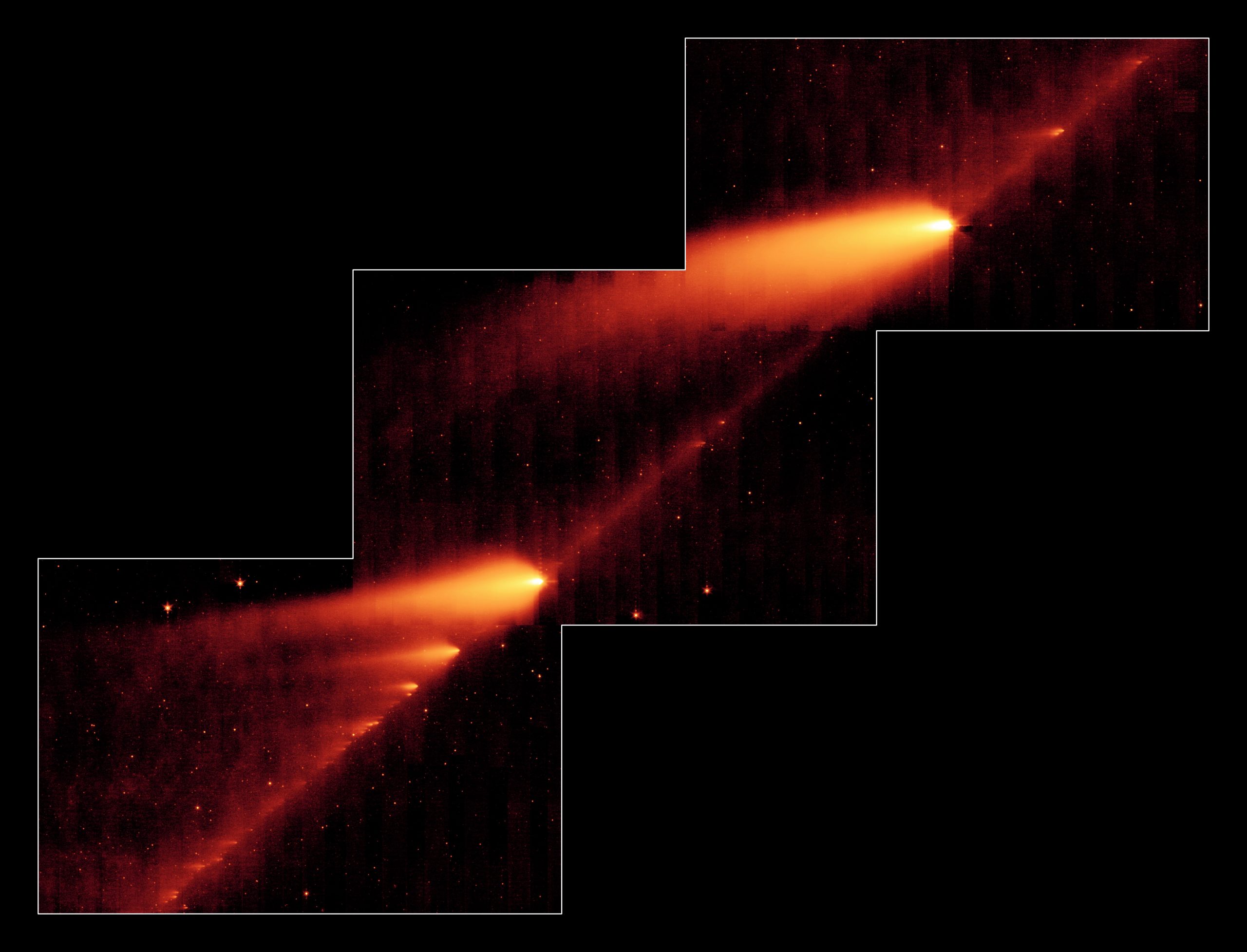
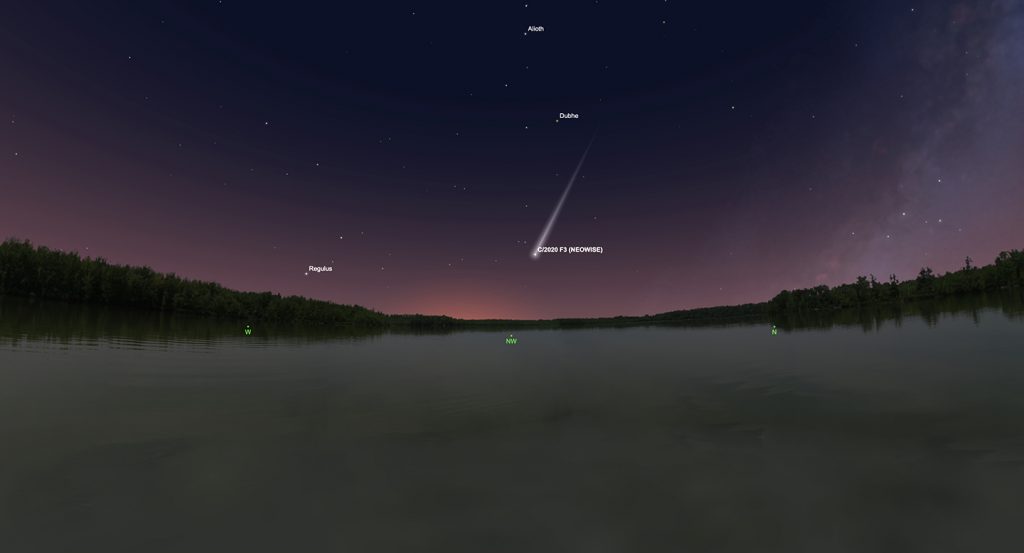

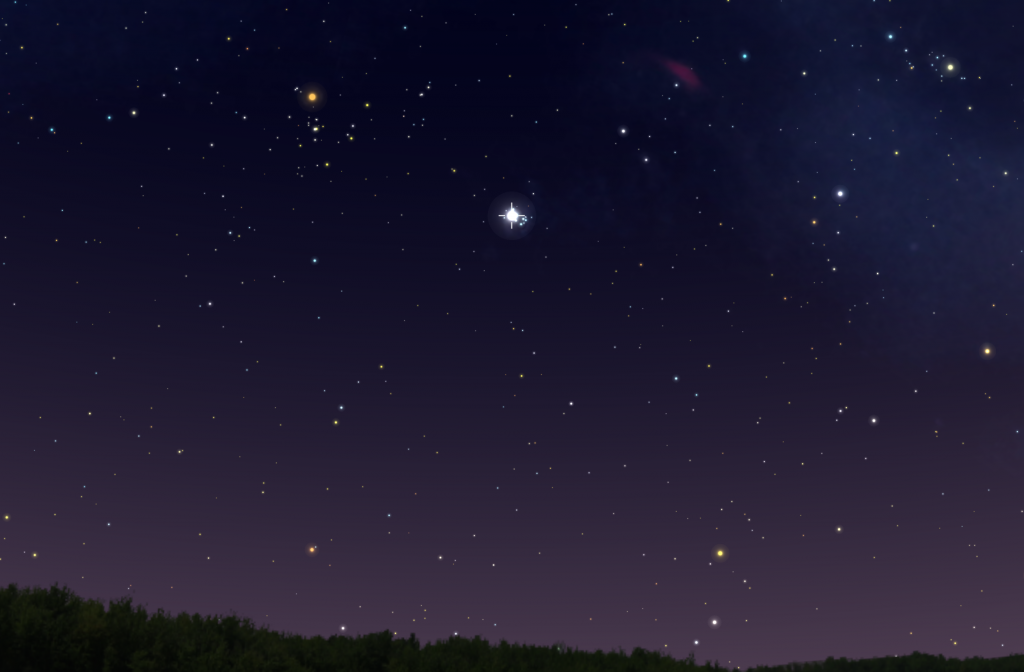
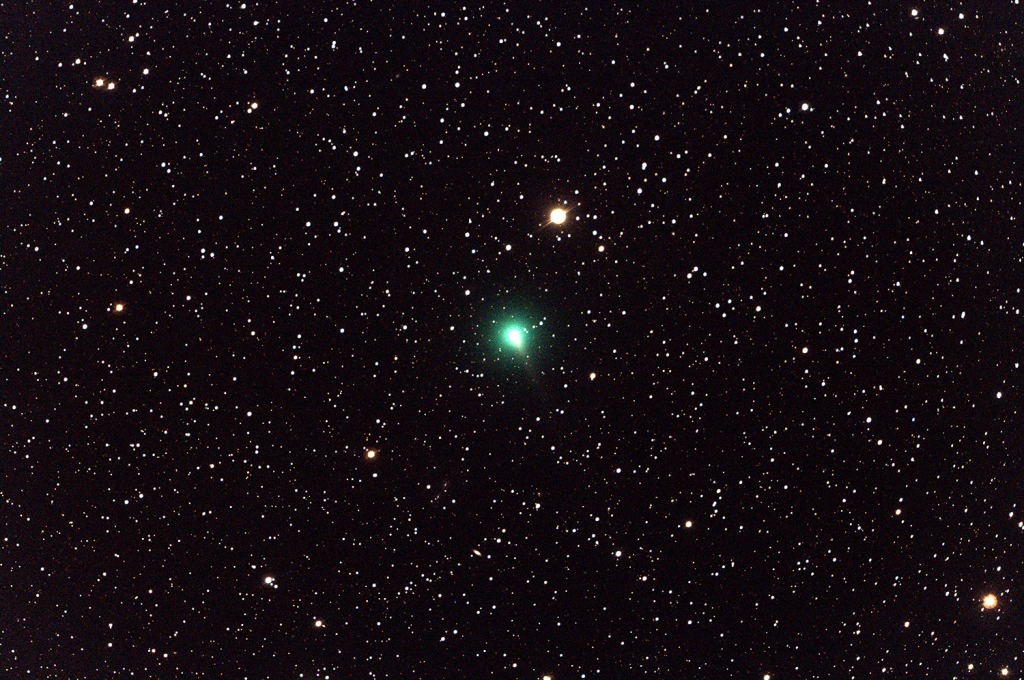
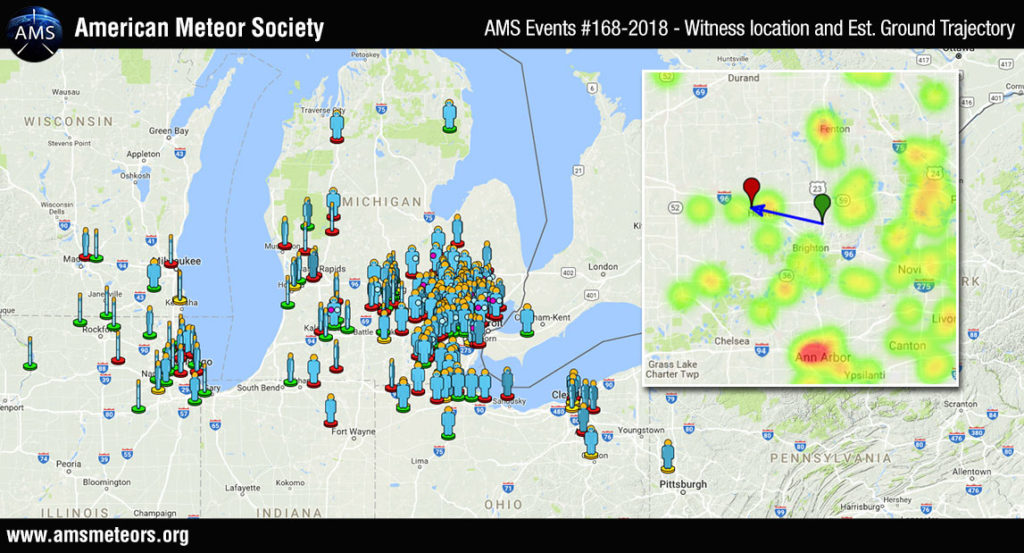
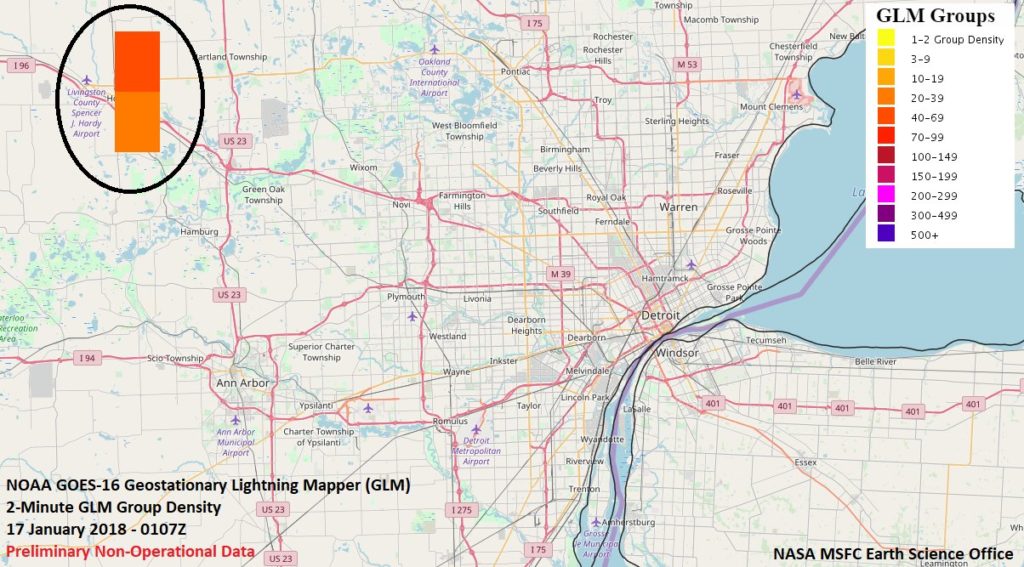
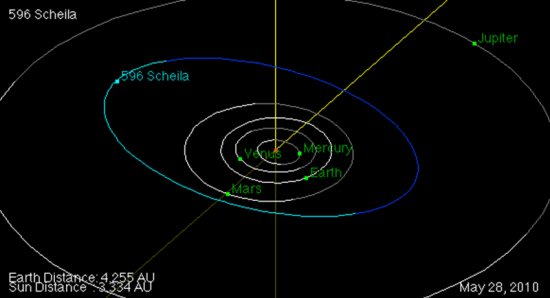
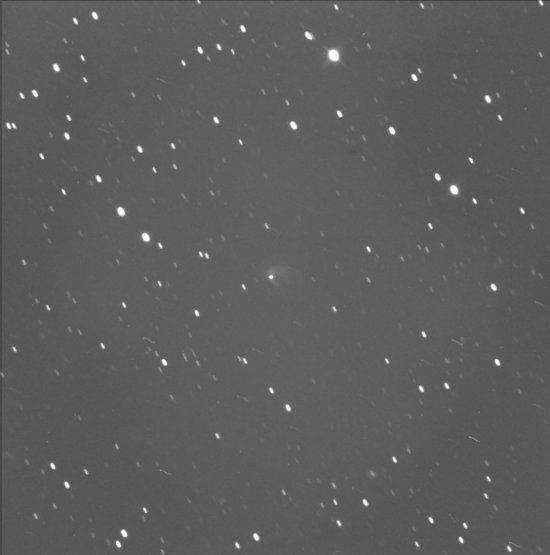
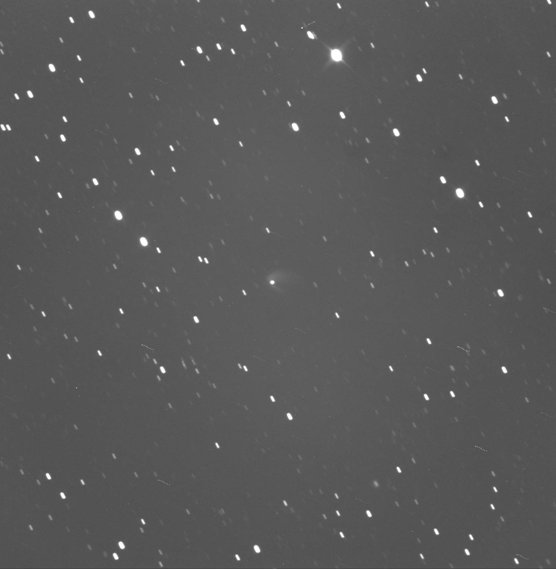
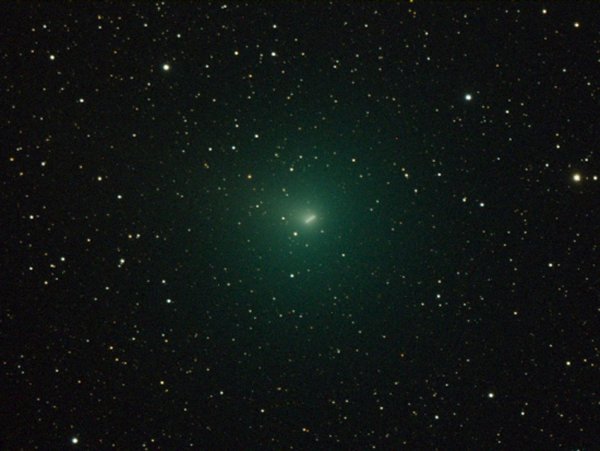
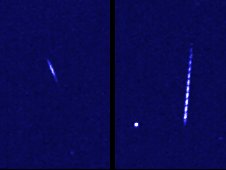 Camelopardalis.
Camelopardalis. 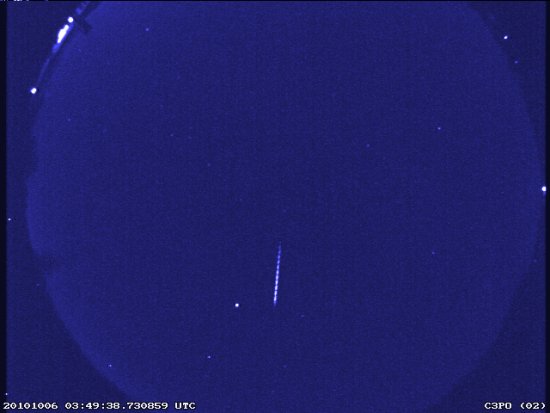
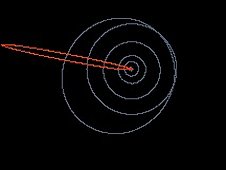 Camelopardalids have orbits, which indicates that they come from a long period comet, like Halley’s Comet. But the Camelopardalids don’t come from Halley, nor from any of the other comets that have been discovered. Hence the mystery: somewhere out there is — or was — a comet that passes close to Earth which has eluded detection. These tiny, millimeter size bits of ice leaving pale streaks of light in the heavens are our only clues about a comet of a mile, maybe more, in diameter.
Camelopardalids have orbits, which indicates that they come from a long period comet, like Halley’s Comet. But the Camelopardalids don’t come from Halley, nor from any of the other comets that have been discovered. Hence the mystery: somewhere out there is — or was — a comet that passes close to Earth which has eluded detection. These tiny, millimeter size bits of ice leaving pale streaks of light in the heavens are our only clues about a comet of a mile, maybe more, in diameter.